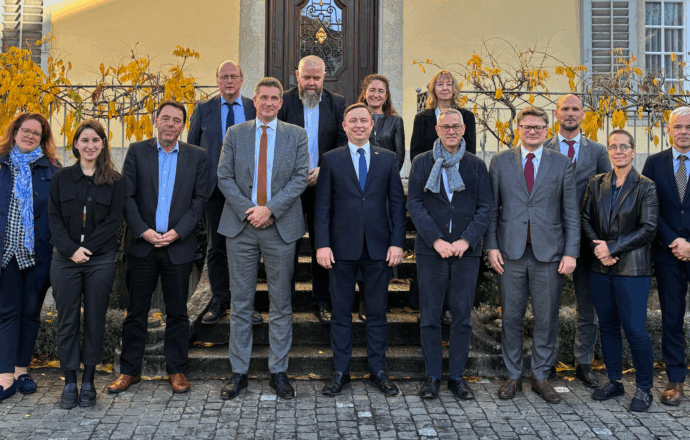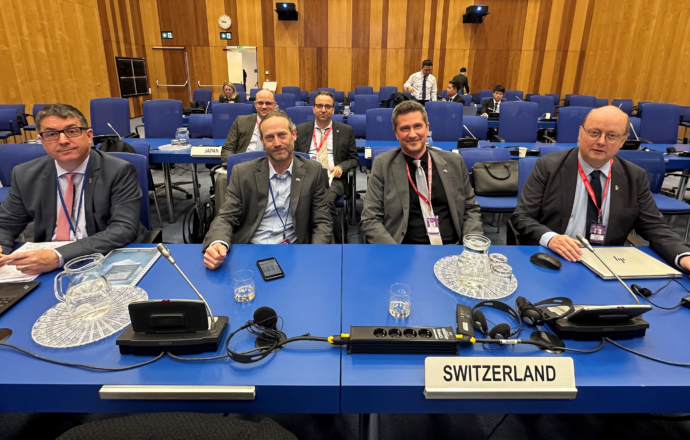As team leader of the review experts, he has participated in inspections in the Netherlands, Slovakia and Spain and supervised peer reviews in Taiwan, Armenia and Belarus. He has been a member of the ENSI Board since 2012.
Mr Grözinger, you have been involved in the EU stress test right from the start. Have European nuclear power plants already implemented all the findings from the EU stress test?

If we were to carry out the EU stress test again today and compare it with the results from the years immediately after Fukushima, we would see that many backfits prompted by the stress test and the subsequent national action plans have in the meantime been implemented in European plants. There are no longer any plants in Europe that could be described as unsafe, because all EU states with nuclear plants have undertaken a lot of work to increase the safety of their plants. However, we would also see that in some countries a number of safety improvements have been delayed more than originally envisaged or that improvements have yet to be implemented. There are a number of reasons for these delays, ranging from engineering requirements that are more complex than anticipated, through to complex licensing procedures and higher than expected costs. In some countries, there is simply not enough money to invest in further improving safety.
What results did the EU stress test reveal after Fukushima?
The EU post-Fukushima stress test clearly demonstrated that there are major differences in the safety provisions of nuclear power plants in Europe. In international comparison, the Swiss plants performed well. This is in no small part due to their pronounced safety culture.
What observations did you make about the safety culture in your role as a review expert?
The general public is an important driver in respect of safety in nuclear installations. If a country has an alert and critical public that has a certain level of understanding of the technical issues relating to safety, then this in itself will encourage safety at the plants. Regulators, licensees, the public and the media are important monitors when it comes to nuclear safety. The greater the proportion of the public who are critical and responsible, the higher the safety culture in the country in question. I saw that time and again.
Where does Switzerland stand when it comes to safety?
Switzerland has a very alert and critical public, with a safety-oriented mindset. In addition, Switzerland has had a very advanced and safety-promoting legal framework for many years now compared to that of other countries. ENSI is an independent body and, as the regulator, has the necessary instruments to carry out its duties. That said, the licensees themselves have been and continue to be prepared to invest in strengthening safety on an ongoing basis. The plants are being operated responsibly and are very clean when compared to other countries. In many places in the plants, you almost get the impression that you could eat your dinner off the floor. I am confident in saying that because I have visited a lot of nuclear power plants and the cleanliness in the Swiss plants is a major stand-out factor.
This interview belongs to part three of ENSI’s series to mark ten years on from the Fukushima-Daiichi disaster on 11 March 2011.









